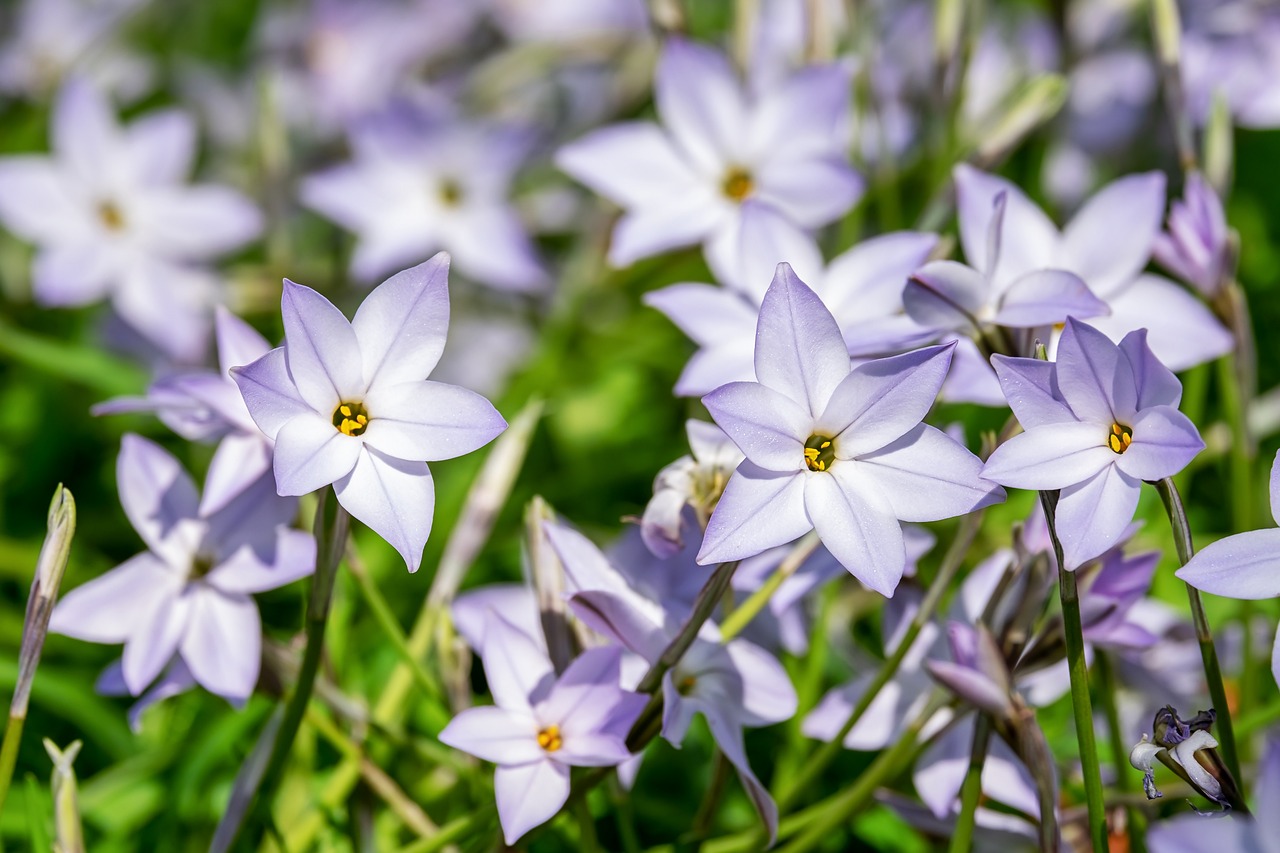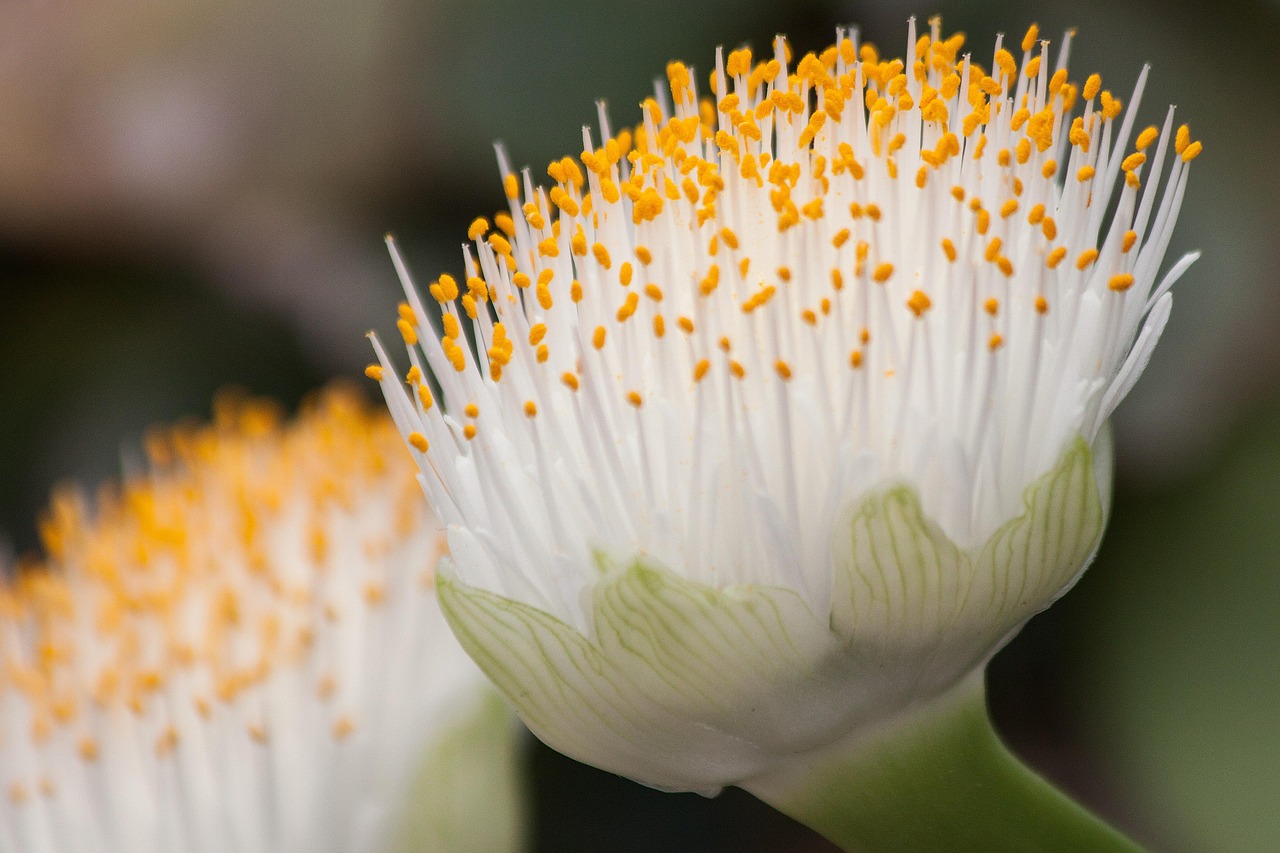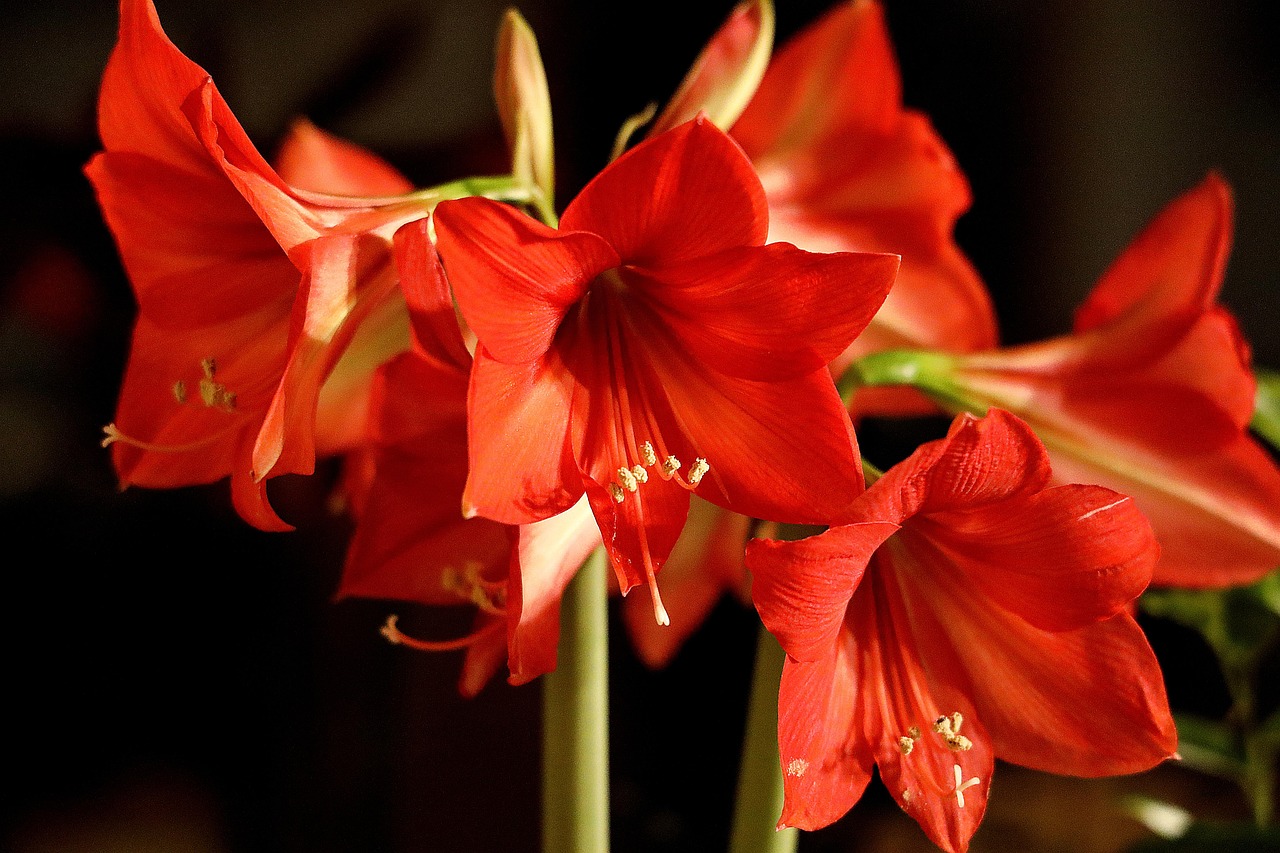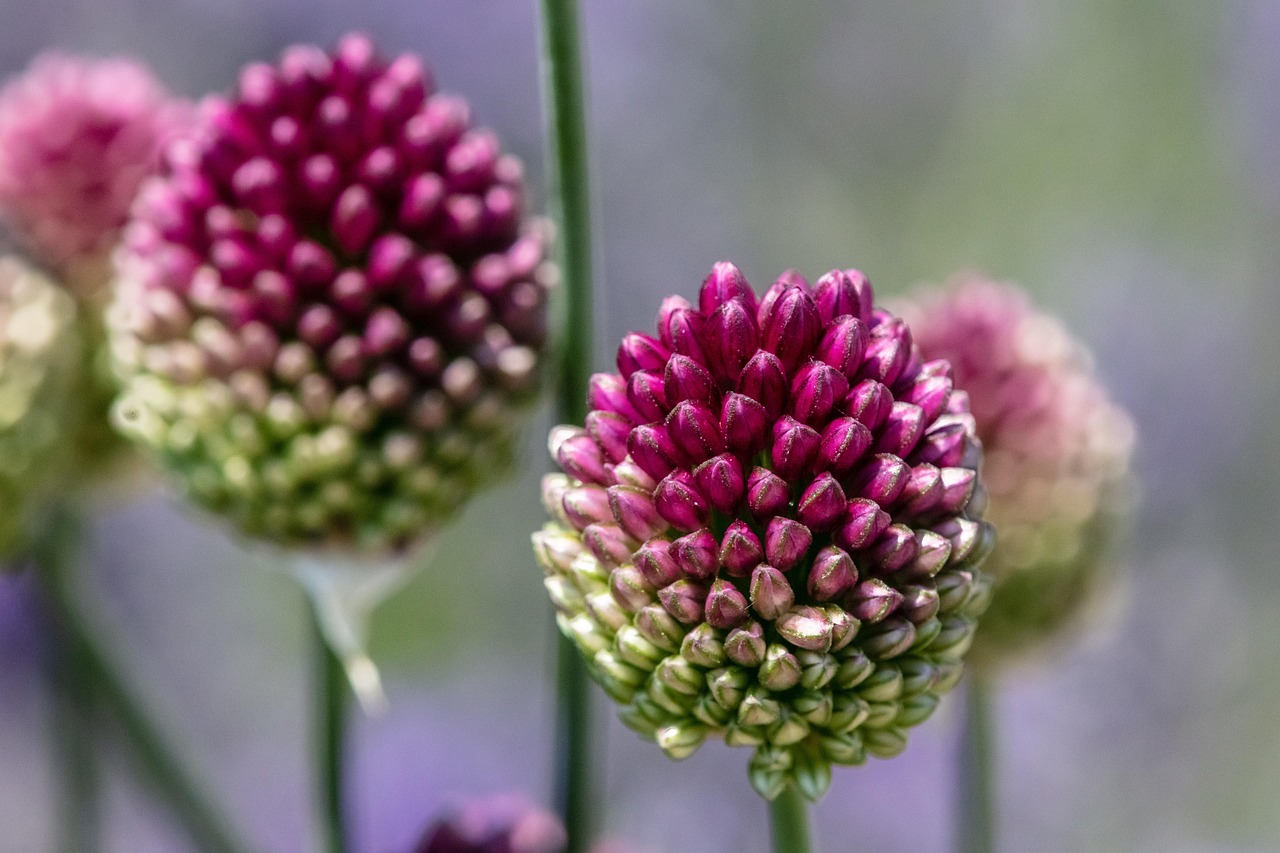Crinum | A Tropical Flower That Graced 19th-Century European Greenhouses
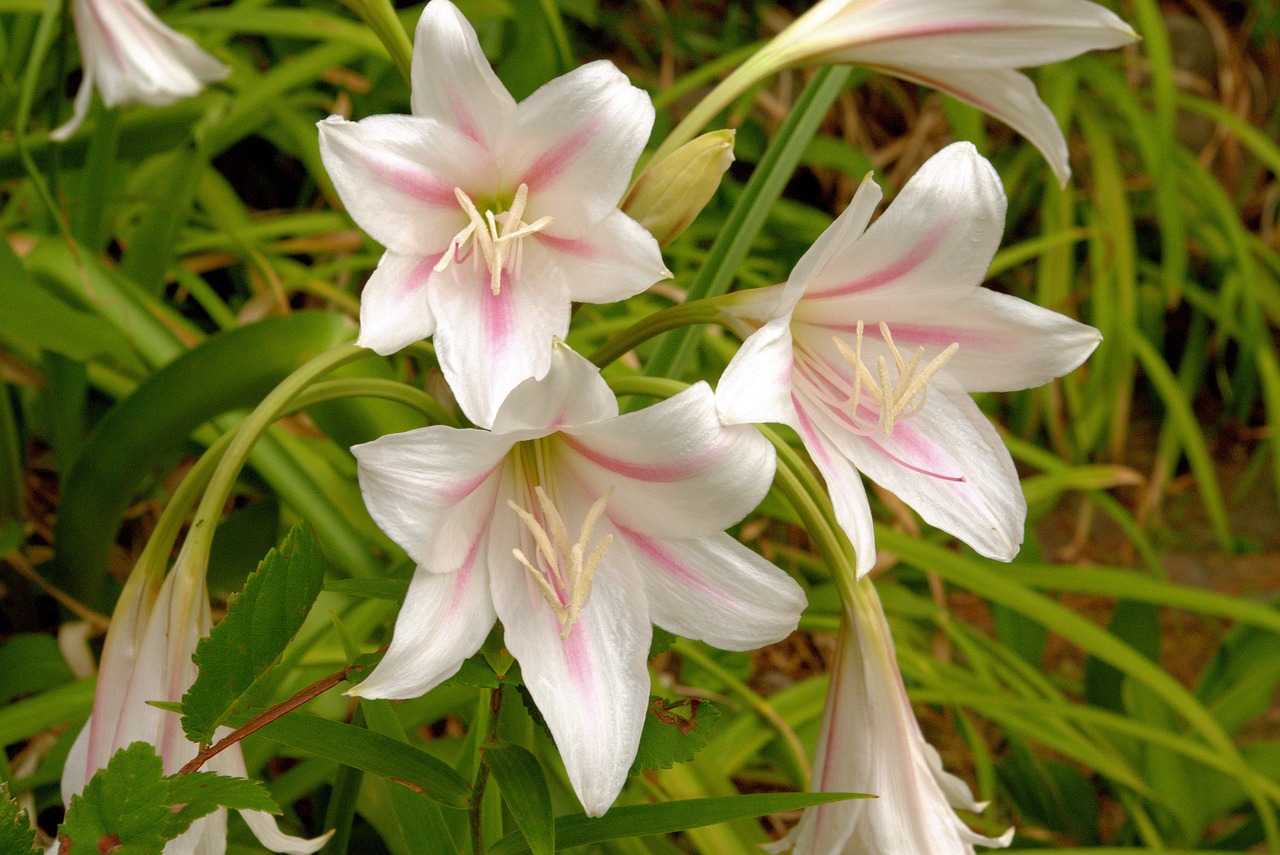
Crinum is a bulbous plant known for its large, showy flowers and long, graceful leaves. It is commonly seen in tropical and temperate gardens, where it produces beautiful lily-like blooms.
In this article, I will provide detailed information on Crinum, including its basic characteristics, cultural and historical significance, and key points for cultivation.
Basic Information
- Scientific name: Crinum
- Family: Amaryllidaceae
- Origin: Tropical and subtropical regions of Africa, Asia, and the Americas
- Appearance: Crinum grows to a height of about 60–150 cm, with long, flexible leaves and large trumpet-shaped flowers in white, pink, or red. Many varieties are fragrant, and the plant blooms from summer to autumn, making it a popular choice for brightening gardens.
- Blooming season: June–October (depending on species and climate)
Cultural Significance Around the World
Crinum has long been cultivated as an ornamental plant in Southeast Asia and Africa.
In South Africa, it is planted in gardens and parks, creating vibrant landscapes.
In India, Crinum flowers are sometimes used in temple decorations and are regarded as sacred.
In Central and South America, Crinum is planted in gardens and under street trees, adding color to local scenery during its flowering season.
Historical Background

The history of Crinum is ancient. Wall paintings in ancient Egypt depict lily-like flowers that may have been Crinum species.
It was introduced to Europe from Africa around the 17th century, where it became prized for greenhouse cultivation.
In the 19th century, botanists in Britain and France developed new ornamental varieties through selective breeding.
In the United States, Crinum adapted well to the warm climate of the South and became a popular garden plant.
Gardening Advice
Although Crinum is a hardy plant, proper care ensures long-lasting and beautiful blooms.
Sunlight
Prefers full sun. It can grow in partial shade, but flowering may be reduced.
Watering
While somewhat drought-tolerant, it requires moderate moisture during the growing season. Water thoroughly when the soil dries, but avoid overwatering.
Soil
Well-drained soil is essential. Mixing leaf mold or sand improves aeration.
Fertilizer
Apply a phosphorus-rich fertilizer once or twice a month during the growing season to encourage blooming.
Pruning
Remove faded flowers and withered leaves as needed. Special pruning is unnecessary, but thinning crowded leaves improves airflow.
Wintering
In warm regions, Crinum can overwinter in the ground. In colder areas, it is best grown in pots and brought indoors during winter.
Conclusion
Crinum is an attractive plant with lily-like blossoms and elegant, elongated leaves.
It is resilient and easy to grow, rewarding gardeners with blooms year after year when properly cared for.
Native to tropical and subtropical regions, it thrives in warm, sunny environments. Its flowering season brings beauty and fragrance to gardens and pots alike.
As one of the easier flowering plants to cultivate, Crinum is a delightful choice for both beginners and experienced gardeners, whether in a home garden or on a balcony.


